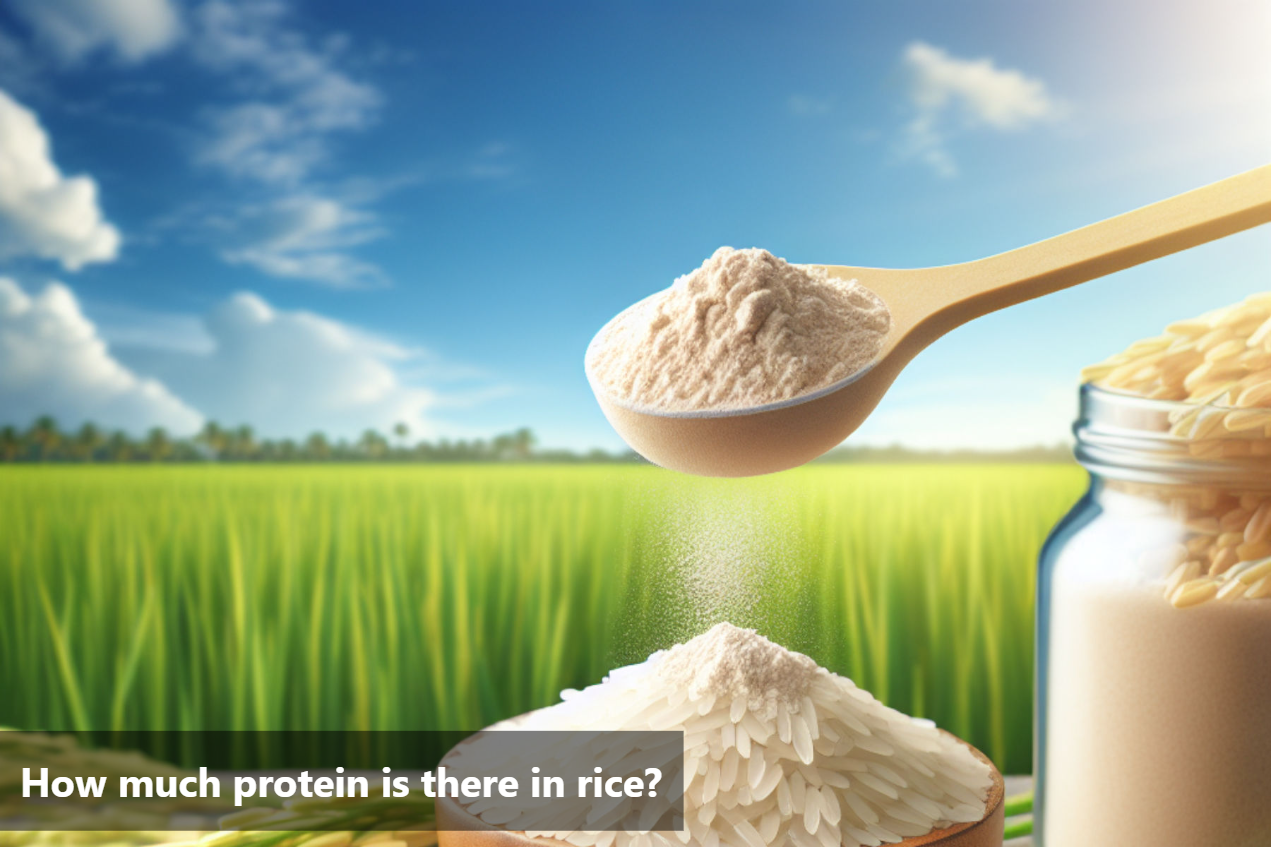
How much protein is there in rice?
Protein is a vital nutrient essential for various bodily functions. When it comes to rice, there are common misconceptions regarding its protein content. Contrary to belief, rice does contain protein, although in varying amounts depending on the type and processing method. White rice, for example, undergoes milling that can strip away some of its protein content compared to brown or wild rice.
It's important to acknowledge the role of protein in maintaining muscle mass, supporting immune function, and aiding in the repair and growth of tissues. Understanding the protein content in rice allows for informed dietary choices and dispels misconceptions about its nutritional value.

Nutritional Breakdown of Rice
100 grams of rice contains:
Nutrients |
Amount |
Calories |
130 |
Carbohydrate |
28.7 grams (g) |
Protein |
2.36 g |
Fat |
0.19 g |
Protein Content in Different Types of Rice
Protein content in different types of rice varies based on the variety of rice being consumed. White rice, brown rice, and wild rice are commonly consumed varieties, each offering a different nutritional profile.
White Rice: White rice is a refined grain that has had the germ and bran removed, which also removes some of the protein content. On average, white rice contains around 2-3 grams of protein per cooked 1/2 cup serving. While it is a good source of carbohydrates, it is not as high in protein compared to other rice varieties.
Brown Rice: In contrast, brown rice is a whole grain that retains the germ and bran, making it a more nutritious option. Brown rice contains approximately 3-4 grams of protein per cooked 1/2 cup serving. This increase in protein content is due to the preservation of the outer layers during processing.
Wild Rice: Despite its name, wild rice is not actually rice but rather the seed of an aquatic grass. It is known for its distinctive nutty flavor and higher protein content compared to white and brown rice. Wild rice has around 6-7 grams of protein per cooked 1/2 cup serving, making it a more protein-rich option.
Incorporating these varieties into meals can provide a more balanced nutritional profile and contribute to meeting daily protein requirements effectively.
Ways to Increase Protein in Rice-Based Meals
One simple way to increase the protein content in your rice-based meals is by adding lean meat such as grilled chicken or turkey. These protein-rich meats not only enhance the flavor but also contribute significantly to your overall protein intake.
Another excellent source of protein to pair with rice is legumes like black beans, chickpeas, or lentils. These plant-based proteins are not only nutritious but also add a delightful texture to your rice dishes.
Incorporating nuts and seeds like almonds, chia seeds, or pumpkin seeds into your rice-based meals can also boost the protein content. These crunchy additions not only provide protein but also offer essential nutrients and a satisfying crunch.
Tofu and tempeh are great alternatives for those looking to increase the protein content in their rice dishes while enjoying a plant-based diet. These soy-based products are versatile, absorbing the flavors of your dish while adding a substantial amount of protein.
Opting for whole grains like quinoa, barley, or farro instead of traditional white rice can significantly increase the protein content of your meal. These whole grains are nutrient-dense and provide a protein-packed alternative to elevate your rice-based dishes.
Remember, by creatively combining these protein sources with your favorite rice dishes, you can enhance the nutritional value of your meals and ensure you meet your daily protein requirements effectively.

Unpacking the Protein Content in Rice
The amount of protein in rice varies depending on the type and variety. For example, white rice contains less protein compared to brown or wild rice. In general, rice provides around 2-3 grams of protein per 100 grams, making it a moderate source of this essential nutrient.
Considering the protein content in rice is vital for individuals following a vegetarian or vegan diet, as it helps in meeting their daily protein requirements. Incorporating a variety of protein sources in rice-based meals ensures a well-balanced diet that promotes overall health and well-being.
While rice may not be a powerhouse of protein on its own, it can still contribute significantly to our daily protein intake when consumed as part of a diverse and balanced diet.
FAQs
-
Is rice a good source of protein?
While rice is a staple food, it is not considered a high-protein food compared to other sources like meat, fish, or beans.
-
How much protein is there in white rice?
White rice contains about 4 grams of protein per cup (cooked).
-
What about brown rice?
Brown rice, being less processed, offers a slightly higher protein content of approximately 5 grams per cooked cup.
-
Does the variety of rice affect its protein content?
Yes, some varieties like wild rice or black rice may have more protein compared to traditional white or brown rice.
-
Can I increase the protein content of my rice dish?
Yes, you can boost the protein content by adding ingredients like chicken, tofu, nuts, or beans to your rice recipes.
This Blog post is an initiative by Lo! Foods, to provide accurate and Nutritionist / Doctor approved information related to Health. Lo! Foods is India's leading brand for Everyday Functional Foods. Foods designed for specific Health conditions or Needs. Lo! Foods also runs India's largest range of Low Carb Healthy Cloud Kitchens, under the brand names of Lo!, ProteinChef, ATH (All Things Healthy) and DiabeSmart.



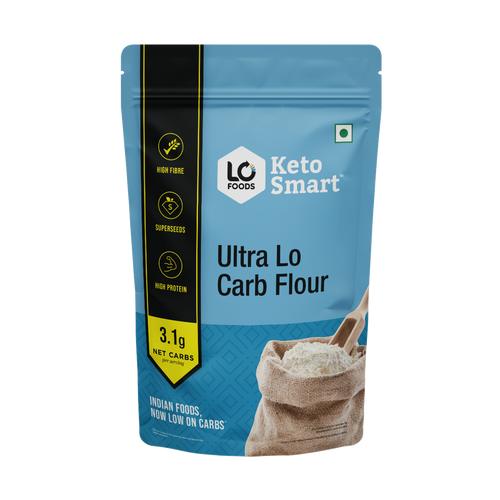
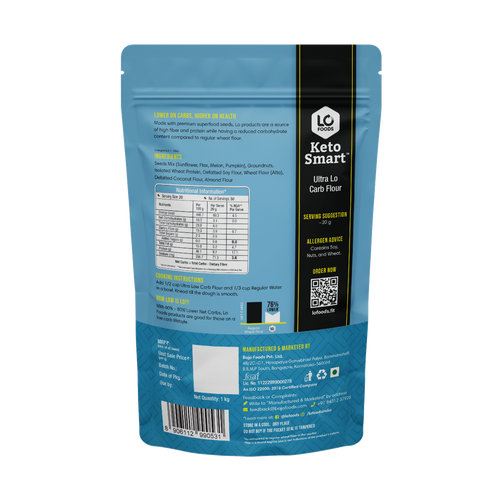

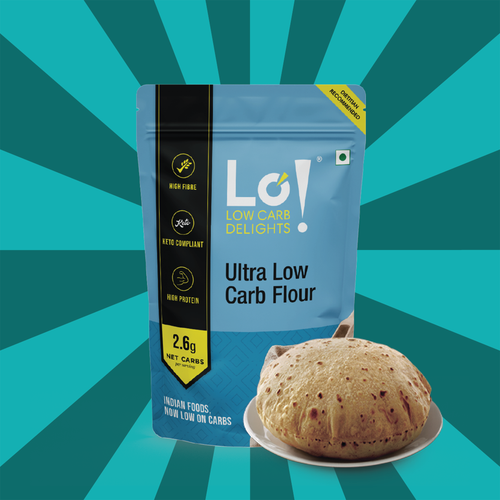


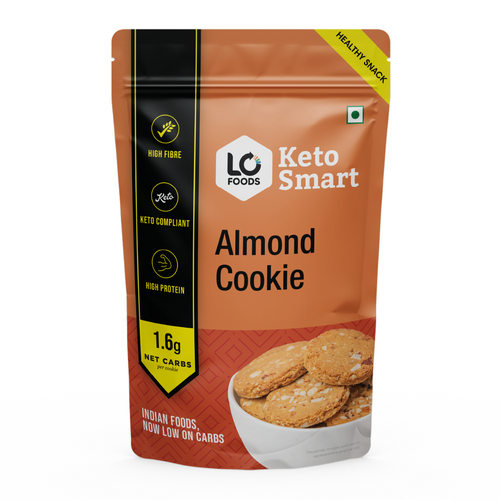





Leave a comment
Your email address will not be published.